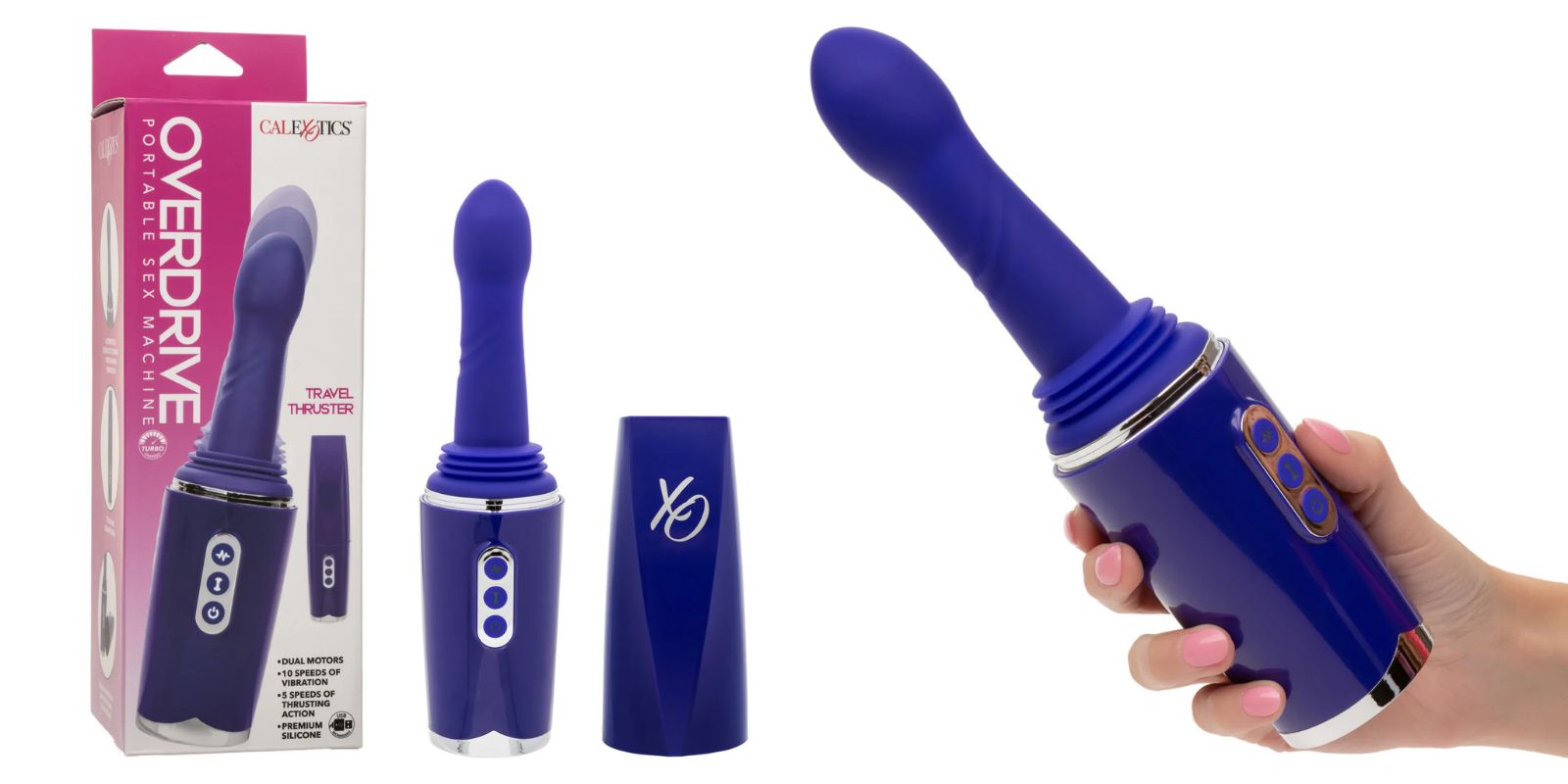Self-Love Routines: Daily Practices for Confidence, Balance and Deep Connection
Self-Love Routines help you feel grounded. They connect breath, movement, and gentle care with your daily life. The aim is not to fix yourself, but to be with yourself—kindly, each day.
As a yoga instructor, I’ve seen how small rituals shift a whole day. Five minutes of breath can lower stress. A warm shower can reset the nervous system. When you pair mindful touch with real rest, intimacy softens into ease. Self-Love Routines make this care repeatable.
Table of Contents
- Why Self-Love Routines Matter Now More Than Ever
- Creating Your Own Self-Love Routine: Mind, Body & Intimacy
- 3-Step Habit Framework: Build, Repeat, Evolve
- Keeping Self-Love Routines Alive: Troubleshooting & Growth
- Key Takeaways
- FAQs
Why Self-Love Routines Matter Now More Than Ever
Modern life is noisy. Deadlines, screens, and constant comparison drain attention. Self-Love Routines anchor the day. They give your mind a predictable place to land, even when plans change. You return to breath, movement, and simple care instead of spiralling.
Stress lives in the body. It shows up as tight shoulders, shallow breathing, and restless sleep. Routines shift this pattern with small cues: hydrate on waking, stretch the hips, write one gentle sentence. These are not grand gestures—they’re steady signals of safety. Over time, consistency beats intensity.
For a soft, doable morning flow, try the sequence in Murielle Marie’s morning ritual. Pair it with your own Self-Love Routines and adjust the steps to fit your energy and schedule.
Creating Your Own Self-Love Routine: Mind, Body & Intimacy
Start with three anchors: one for mind, one for body, one for intimacy. For mind, choose a one-minute check-in—name your feeling and one need. To focus the body, add five minutes of movement: sun breaths, a walk, or hip circles while the kettle boils. For intimacy, try mindful touch: a warm shower and moisturiser, or a slow scalp massage before bed.
Body care can be part of intimacy. Trim or groom hair in a way that feels clean and comfortable to you. Use clean tools and soothe skin after. If you’re exploring styles or dealing with irritation, this pubic hair care guide explains gentle methods and recovery. Choose what feels like care—not pressure.
Performance worries can block closeness. A simple routine lowers anxiety and builds trust with yourself first. If fear creeps in, read this piece on sexual performance anxiety and pair it with breath work. Self-Love Routines remind you that intimacy starts with presence, not perfection.
3-Step Habit Framework: Build, Repeat, Evolve
Most people overcomplicate Self-Love Routines. The real power lies in rhythm, not results. This 3-step method—build, repeat, evolve—helps you grow care that feels natural, not forced. Think of it like yoga: steady, mindful, and self-adjusting with time. The goal isn’t to “add more”; it’s to make care automatic through small, consistent cues.
Build: Start with a single five-minute act that feels grounding. Maybe stretch in silence or make tea before checking your phone. Repeat: Do it daily until it feels odd not to. Evolve: Once it feels normal, add a deeper habit—like gratitude journaling or mindful touch after a shower. This keeps care alive and changing with your needs.
In my classes, I teach self-love like muscle memory. When I began practicing yoga, I thought long sessions mattered most. Over time, I learned five minutes of breath awareness had more impact than an hour of strain. It’s the same with emotional wellness—what you repeat daily shapes how safe you feel inside your body. For a gentle beginner framework, visit Lauren Barri’s self-love routine guide—her approach blends structure with ease, making it a great match for yoga and intimacy practices.
Keeping Self-Love Routines Alive: Troubleshooting & Growth
Even the best Self-Love Routines can fade when life gets busy. The trick is not guilt—it’s refresh. Routines should fit your season, not your perfectionism. When you lose momentum, simplify. Return to one act of kindness you can do today: hydrate, stretch, breathe, or message a friend. A restart can be as quiet as brushing your hair mindfully.
Physical wellness keeps these habits grounded. Strengthening the pelvic floor improves body confidence and intimacy awareness, especially for men. Try these Kegel exercises to reconnect with your lower core—it’s both a body and confidence reset. When the body feels awake, the mind follows.
- Rotate morning and evening rituals to avoid boredom.
- Pair routines with cues like music, scent, or light.
- Use weekly reflections to notice patterns, not failures.
- Invite play: dance, swim, or rest instead of forcing focus.
- Remember—self-love grows through repetition, not control.

Key Takeaways
- Self-Love Routines strengthen both mental clarity and emotional balance through small, consistent actions.
- Focus on progress, not perfection—five mindful minutes can reset the nervous system better than grand goals.
- Body care, such as grooming or gentle exercise, supports confidence and comfort in intimacy.
- When motivation dips, simplify your routine to one small, nurturing act that feels doable today.
- Self-love builds resilience; it’s the quiet foundation for sustainable wellness and deeper connection.
FAQs
Q1. What exactly is a self-love routine?
It’s a set of daily habits—mental, emotional, or physical—that help you feel cared for and grounded. It can be as simple as morning breathing or evening journaling.
Q2. How long does it take to see benefit?
Most people feel calmer within a week of steady practice. Visible changes in energy or mood usually appear after two to three weeks of consistency.
Q3. Can self-love routines include sexual wellness?
Yes. Mindful touch, body awareness, and solo exploration are valid forms of care. Self-love includes learning what feels good and what supports emotional safety.
Q4. What if I skip days?
That’s normal. Start again without guilt. A missed day doesn’t erase progress—it’s part of learning balance. Simply return to one small act that feels natural.
Q5. How do I adapt routines during stress or travel?
Choose mobile habits—deep breathing, brief journaling, or quiet stretches. The goal is presence, not location. Keep tools light so care travels with you.
Cassandra Smith is a yoga instructor sharing tips on wellness, mental health, and intimacy—focusing on self-awareness, balance, and daily mind-body care.



Leave a Reply